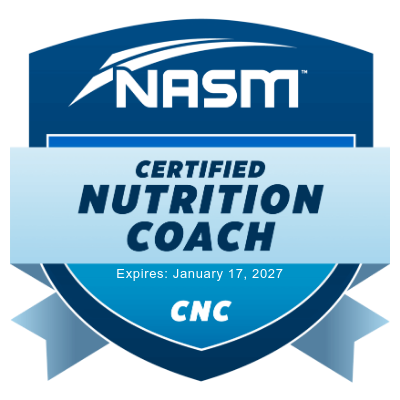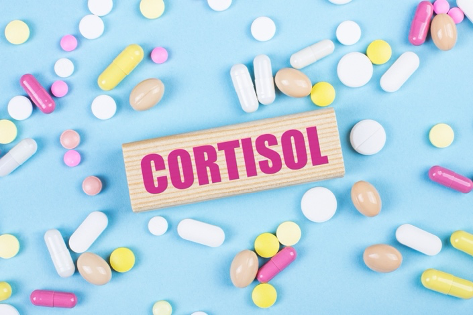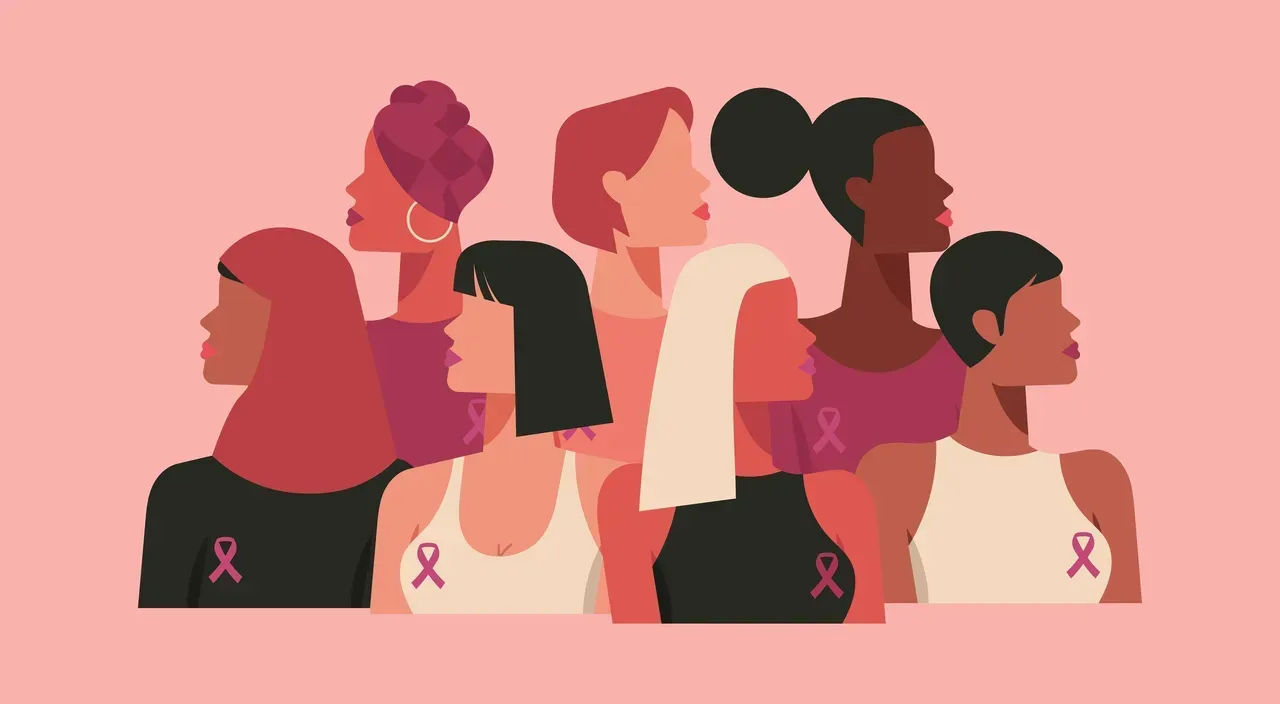


Nutrition is the process of consuming nutrients through food or food substances that supply our bodies with benefits such as growth support, energy, reproduction, the repairing of cells, healthy digestion, and so on. However, in cases where inadequate or imbalanced nutrition exists, these benefits turn into heart disease, diabetes, high cholesterol, cancer, and obesity.
September is National Childhood Obesity Awareness Month. Let's look at some hard facts.
According to the USDA, about 74% of adults are either overweight or obese. Of this percentage, adults aged 40 to 59 have the highest rate of obesity among adults. Unfortunately, 40% of children and adolescents are also either overweight or living with obesity. The percentage of children and adolescents will eventually increase throughout childhood and even into the teen years if it's not corrected at an earlier stage in life.
Trying to answer the question of where obesity comes from is quite complex. Obesity results from our weight being above average of what is considered healthy. But what is healthy, and according to whom? The simplified answer is that obesity forms when our bodies consume more calories than they expend over time. Inadequate sleep, low physical activity, overeating, and some medications can contribute to weight gain.
Why do we sometimes consume more calories than we expend? A lot of times, we eat based on our emotions. For example, when we are sad, depressed, and even on joyous occasions, like at family gatherings or parties, we eat without paying attention to the food, as we are caught in the moment. Regardless, healthy nutrition only works when we pay attention to what we
eat. Ask at least four people you know if they read every nutrition label on the food they buy. Ask another four people if they count the number of calories they consume or expend daily. Generally, the answer will be no to both questions. What does this mean to our health? How we feel and what we see when we look at ourselves reflect what we put in our bodies.
So, how can we avoid being in those high percentages mentioned earlier? First, we as adults must work on ourselves so that we can help our children. Pay attention to the food labels. Only eat the suggested servings, as it will avoid overeating. Next, get more active in your daily lifestyle! According to the U.S. Department of Health and Human Services, adults should aim for at least 150 minutes of moderate-intensity or 75 minutes of vigorous-intensity aerobic activity per week. Studies have shown that anxiety, depression, and even high blood pressure are all related to obesity. Just a tiny amount of physical activity can lower blood pressure, reduce anxiety, improve sleep, and more.
Fortunately, fitness professionals like me, dietitians, and other qualified licensed professionals can create and help set and manage realistic nutrition and/or fitness goals that end in positive results. Contact me today, and let's go to work!
~The Coach
Reference:
Physical Guidelines Activity Report. (2018). Part. A. Executive Summary.
https://health.gov/sites/default/files/2019-09/02_A_Executive_Summary.pdf



Service Areas
Little Rock, North Little Rock, Jacksonville, Maumelle, Bryant


